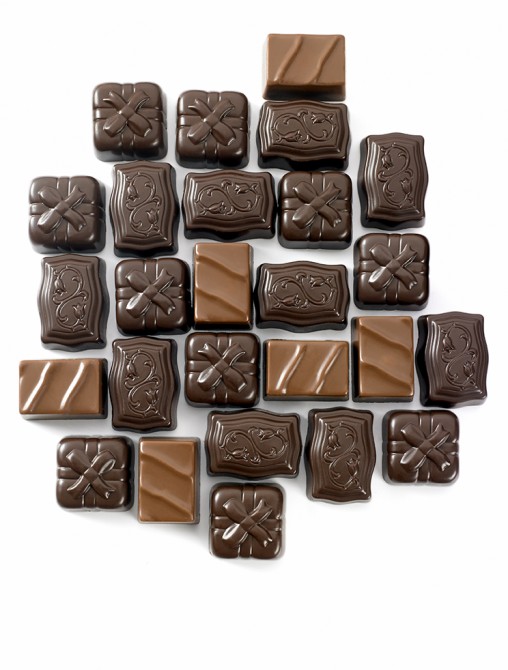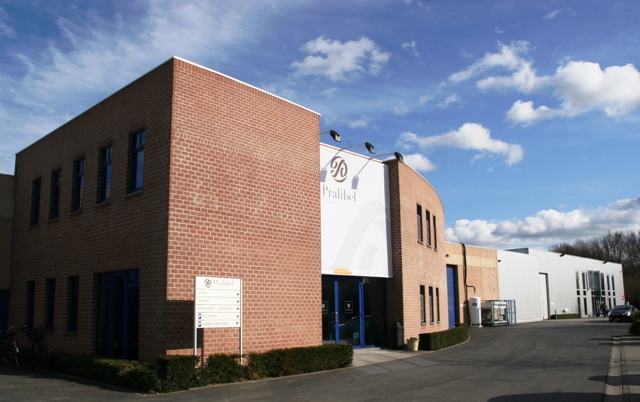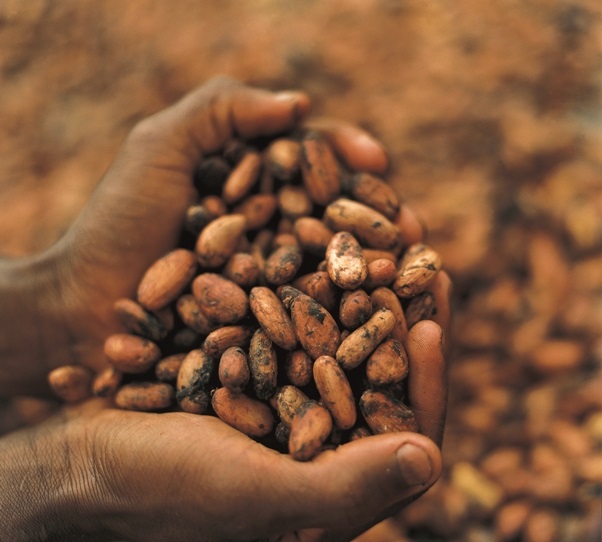

Passionate about taste, for 150 years
A family of farmers
The story of Pralibel starts with the Sulmon family. It is a story which began 150 years ago in Belgium, when Western Europe was still largely agricultural. Charles Sulmon (born 1842) was a farmer and had five sons. During the European famine, most of his sons had to migrate to other areas: one went to the Walloon provinces, two went to France and a fourth travelled to the United States. Following in the footsteps of their father, they all took over farms.
Held back by war
Charles' youngest son, Rudolf (born 1895), was unable to leave Belgium. He and his family managed to survive the First World War, thanks to his farming activities. Rudolf took over his father's farm and when he was 35, his biggest dream came true: he started his own business selling agricultural products. His business grew and flourished, but also felt the impact of the Second World War.
A sudden stroke of luck
Instead of becoming discouraged and giving up, Rudolf restarted his business after the war. His business prospered and in 1955, he had a stroke of luck. And the rest is history ...
Read more
From cocoa to pralines
Mystery, luxury and delight
Pralines are a wonderful way to indulge. And every praline starts with cocoa, which was used as currency by the Mayans and Aztecs over 4000 years ago. Consumed in liquid form, it was considered a drink of the gods and was thought to possess medicinal properties. Today, cocoa still has an air of mystery, luxury and delight about it.
Grows in warm climates
Pralibel imports cocoa from the areas where it is currently grown - the Americas, Africa and Asia - in an area encircling the globe along the equator. And this is no wonder, as cocoa trees only grow in equatorial forests with tropical climes. Cocoa growers chop off the rind of the cocoa pod to get to the pulp, which contains some 40 to 50 precious seeds, otherwise known as cocoa beans. The beans are fermented and dried and separated into various grades before being shipped in containers.
Read more